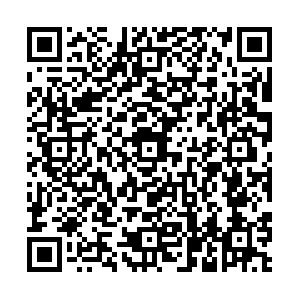摘要:
目的 分析医疗机构药品短缺原因,采取相应的防范措施,保障药品供应。 方法 对2012年药品出库单进行回顾性分析,追溯短缺药品采购计划时间、供应商交货时间,并结合供应商无法供货的情况说明,利用Excel对短缺药品信息进行分类、统计,总结医疗机构药品短缺的外因与内因。 结果 2012年调剂部门请领计划共46 862条,短缺药品1 423条,药品短缺率为3.0%,外因导致的药品短缺共计643次,占45.2%;内因导致的药品短缺780次,占54.8%。在导致药品短缺的外因中,价格倒挂占40.7%,居药品短缺外因之首,低价小品种及普药占外因导致的药品短缺的71.2%;药品短缺的内因中,控制库存占45.0%,排首位。 结论 如果药品定价合理,完善招标政策及药品供应链,加强短缺药品的预警与管理,可减少药品短缺状况。
Abstract:
Objective To analyze the reason of drug shortages in medical institutions and take corresponding prevention measures to ensure drug supply. Methods The drug outbound orders in 2012 were retrospectively analyzed to trace the procurement plan of badly-needed drugs and the delivery time of supplier. Excel was used to carry out classification and statistics for the information of drug shortages combined with the explanations that the supplier failed to supply to summarize the external cause and internal cause of drug shortages in medical institutions. Results In 2012, the dispensing department received a total of 46862 plans, and 1423 items were badly-needed drugs.The drug shortage rate was 3.0%. 643 times of drug shortages were caused by external causes which accountedfor 45.2% of all the shortages; 780 times of the drug shortages were caused by internal causes which accounted for 54.8%. Price inversion accounted for 40.7% in the external causes that lead to the drug shortages, and it was the top of the external causes for drug shortages. The low-priced small varieties and generic drugs accounted for 71.2% of drug shortages caused by external causes; in the internal causes of drug shortages, the inventory control accounted for 45.0%, ranked the first. Conclusion The scientific and reasonable drug price, the improvement of bidding policy, the joint effort of all parties of drug supply chain, and the enhancement of the early warning and management of the badly-needed drugs can reduce drug shortage.

 点击查看大图
点击查看大图




 下载:
下载:
